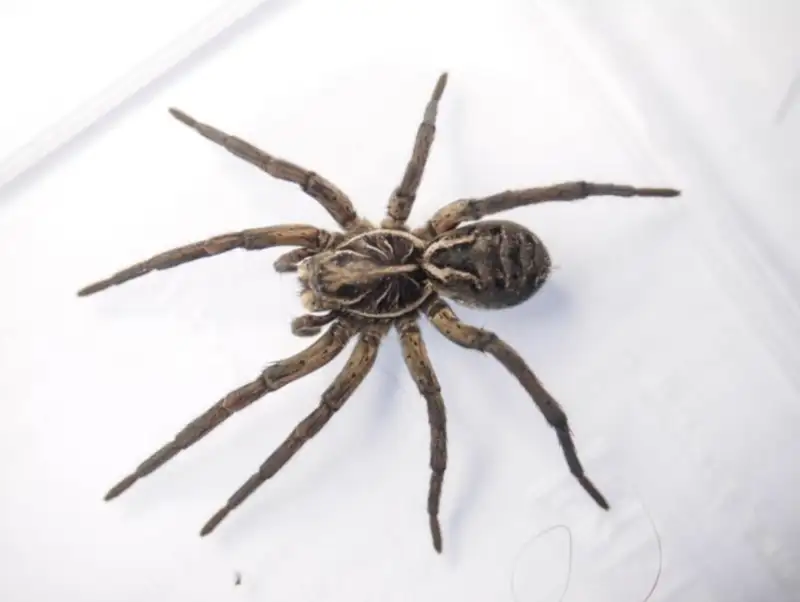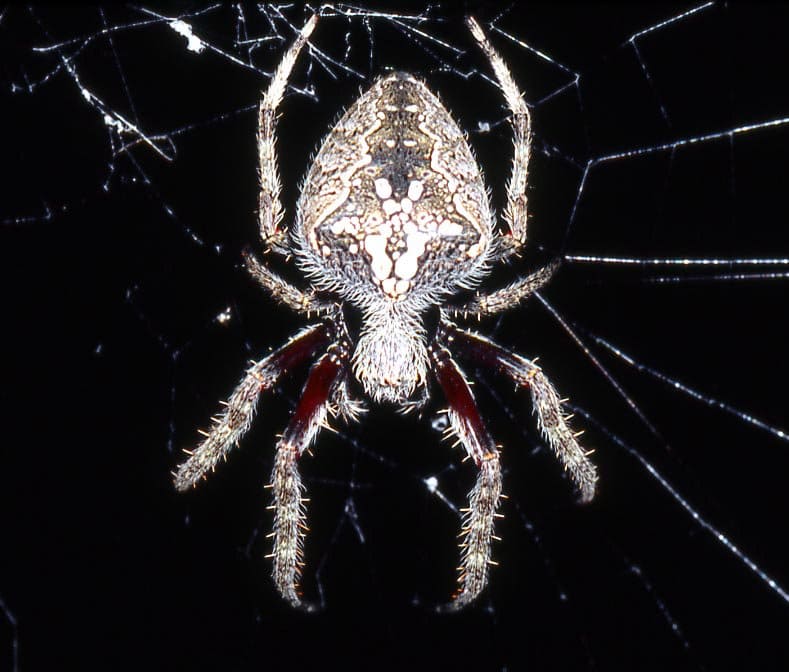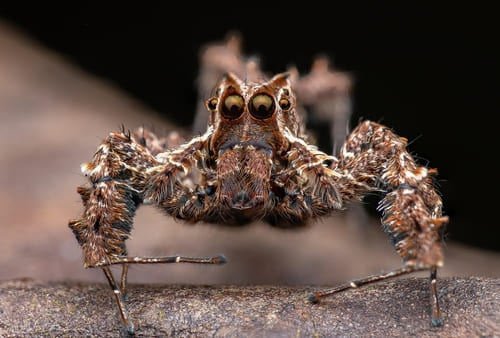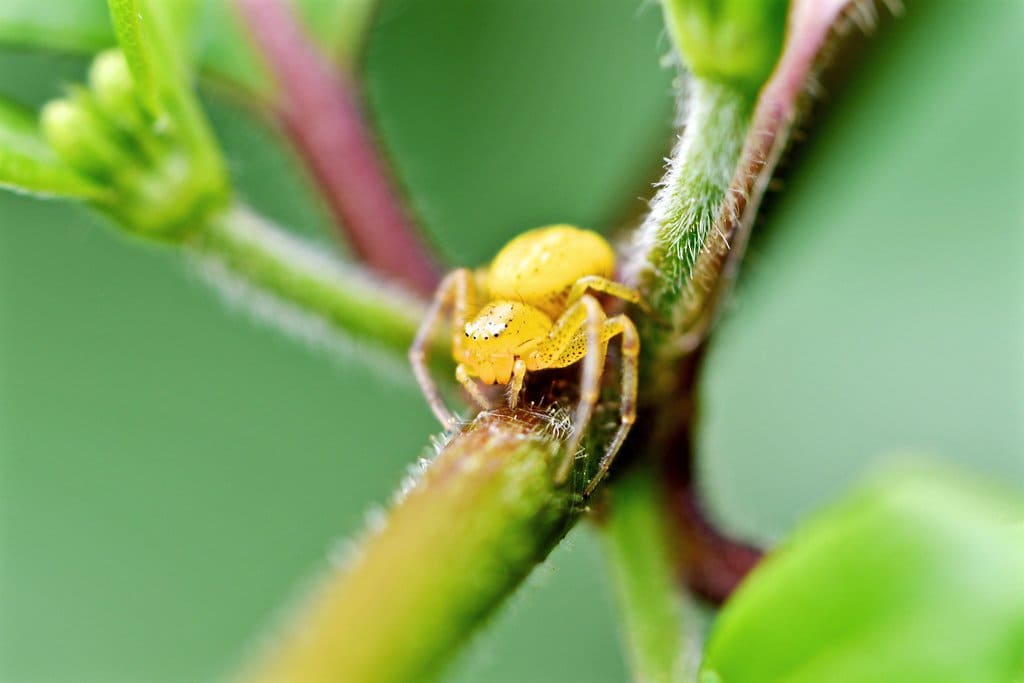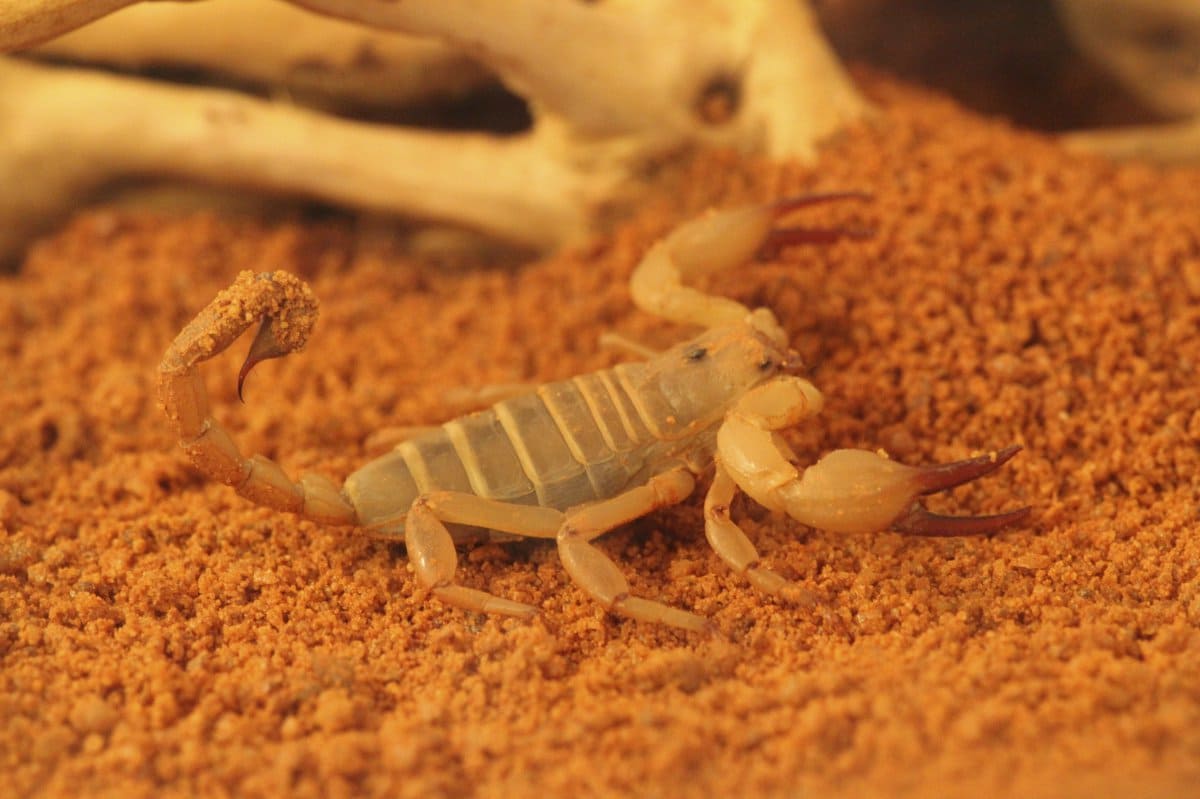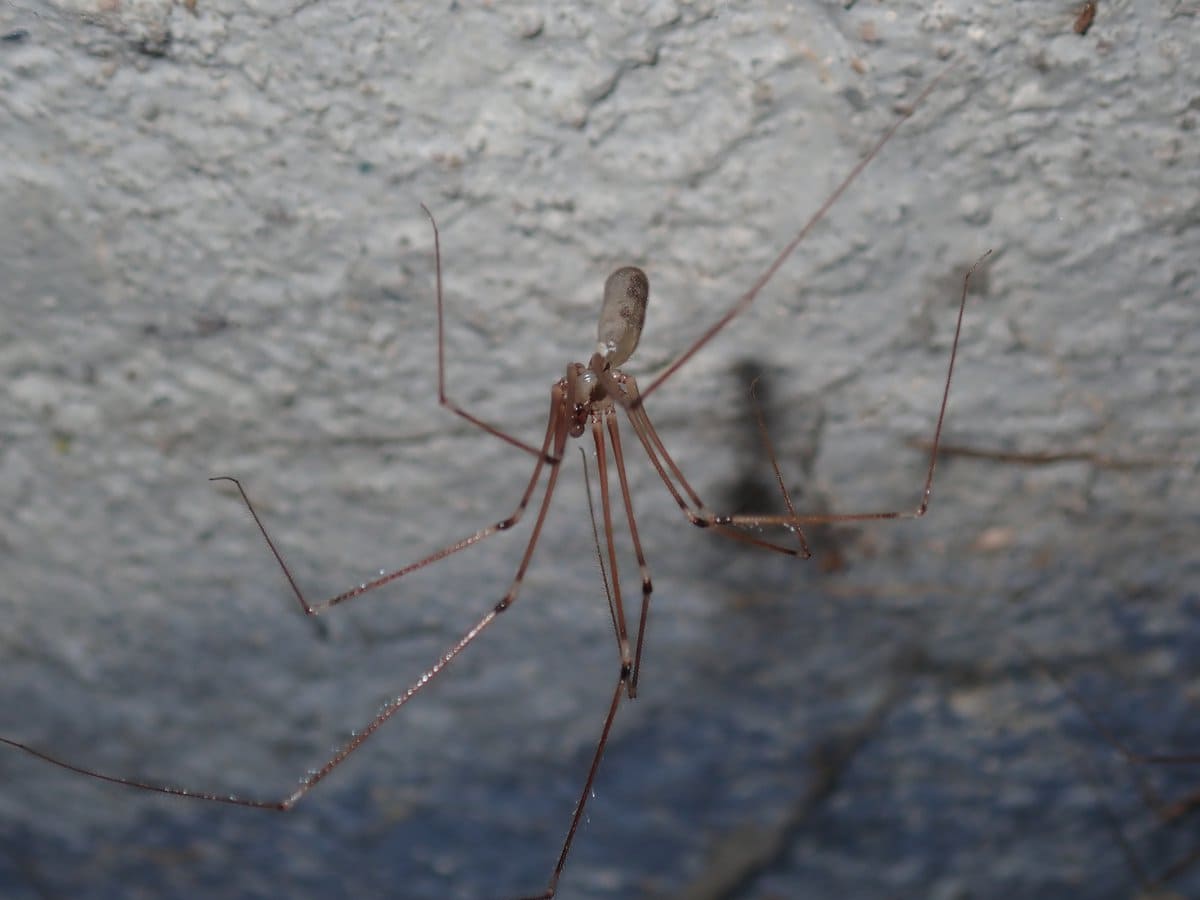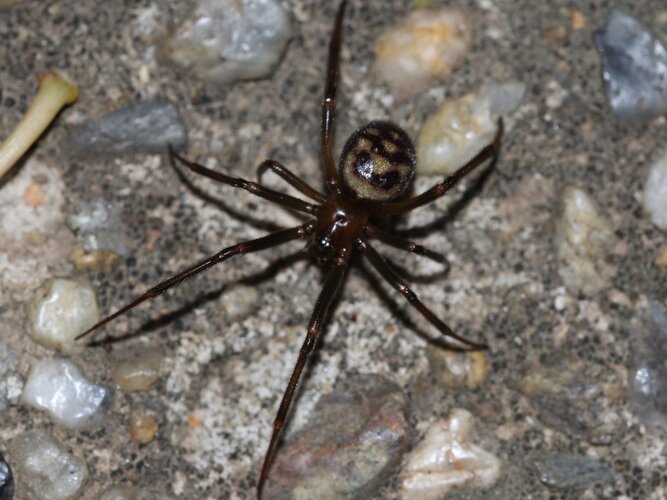Garden Wolf Spider
IUCN
Not evaluatedBasic Information
Scientific classification
- name:Garden Wolf Spider
- Scientific Name:Lycosidae (e.g. Lycosa spp.)
- Outline:Arthropoda
- Family:Lycosidae Lycosa
Vital signs
- length:Most species 10–25 mm; females usually larger
- Weight:Typically a few hundred milligrams, varying by species and individual
- lifetime:Usually 1–2 years
Feature
Active ground hunters; good vision; females carry egg sacs and young; important garden predators of insects.
Distribution and Habitat
Lawns, gardens, field margins, shrublands and forest edges across many climates.
Appearance
Brown to greyish body with stripes or spots for camouflage; strong legs; characteristic wolf‑spider eye pattern.
Details
Garden wolf spiders are ground‑dwelling members of the family Lycosidae that commonly occur in yards, lawns and shrub beds. In different regions the name may refer to various species, often in genera such asLycosa, Pardosa or Tasmanicosa. Unlike orb‑weavers, they do not rely on large webs but activelyhunt on foot, sprinting after prey on the ground.
Basic Biology
Scientific scope: Family Lycosidae – garden wolf spiders (e.g. Lycosa spp.)
Size: Most species 10–25 mm body length; females usually larger than males.
Longevity: Typically 1–2 years.
Ecology & Behaviour
Garden wolf spiders roam across soil, leaf litter and low vegetation. Many spend the day hidden under stones, logs or in burrows, becoming more active at dusk and night. They capture crickets, beetles, ants and other small arthropods using speed and good vision rather than snares.
Reproduction
Females carry the egg sac attached to the spinnerets and later allow the spiderlings to climb onto their back— a hallmark of wolf spiders. The young disperse after a short period.
Venom & Human Relevance
They possess venom to subdue prey, but bites to humans are usually minor, causing short‑lived pain and local redness. They are not considered medically important for healthy people and are shy by nature.
Role in Gardens
By preying on many ground‑dwelling insect pests, garden wolf spiders act as natural biocontrol agents. Maintaining some ground cover and reducing insecticide use helps sustain their populations and overall garden health.
FAQ
Q1. Are garden wolf spiders aggressive?
No. They generally flee from people and bite only if trapped or roughly handled.
Q2. How serious is a bite?
In most cases it is comparable to a bee sting—localized pain and swelling. Allergic individuals should seek medical advice.
Q3. Should they be removed from the yard?
Outdoors they are beneficial predators and usually best left alone. Indoors, they can be gently captured and released outside.
Q4. Why are they called “wolf” spiders?
The name refers to their active, wolf‑like hunting style rather than extreme size or aggression.

